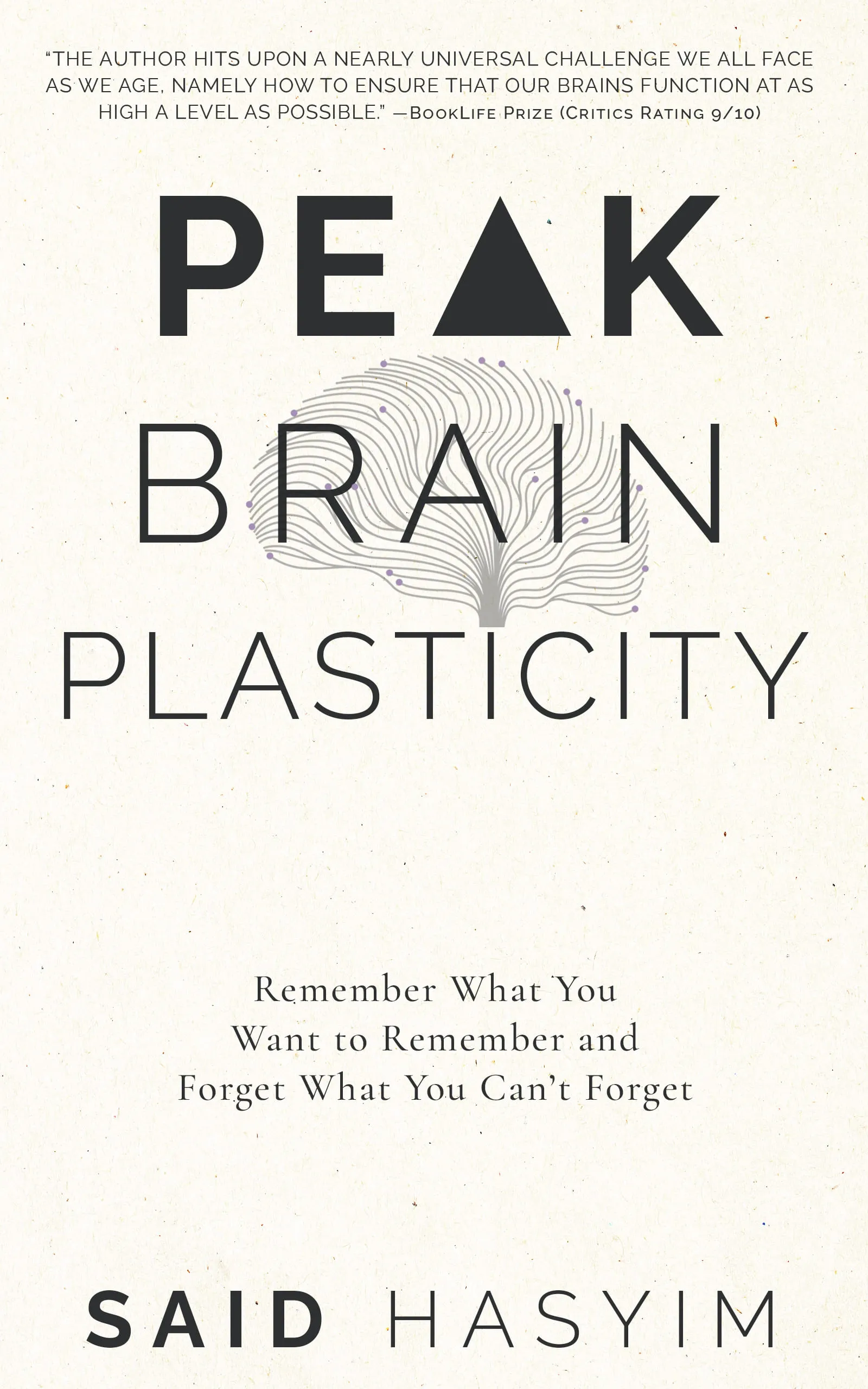The Role of Peak Brain Plasticity in Learning
Learning is an intrinsic part of human development; whether we're acquiring a new skill, picking up a language, or just navigating the complexities of social interactions, our ability to adapt and learn continuously shapes our experiences and relationships. At the heart of this fascinating process is a remarkable feature of the brain known as brain plasticity, or neuroplasticity. Understanding the role of peak brain plasticity in learning can offer insights into how we learn, why it sometimes feels easier at certain stages of life, and the implications for education, personal development, and cognitive health.
What is Brain Plasticity?
Brain plasticity refers to the brain's ability to change and reorganize itself by forming new neural connections throughout life. This phenomenon allows the brain to adjust its activities in response to new situations or changes in the environment.
There are two primary types of brain plasticity:
Structural Plasticity: This involves physical changes in the brain's structure. For instance, neurons might form new synapses (the connections between neurons) in response to learning experiences.
Functional Plasticity: This type describes the brain's ability to shift functions from damaged areas to undamaged areas. For instance, if one part of the brain is injured, other parts may take over the lost functions.
These adaptive processes illustrate the brain's dynamic and responsive nature, allowing it to learn from experiences, recover from injuries, and continually develop new skills.
Peak Brain Plasticity: A Window of Opportunity
The concept of peak brain plasticity revolves around the idea that there are critical periods or windows in human development when the brain is particularly receptive to learning and change. While neuroplasticity occurs throughout a person’s life, certain stages offer heightened levels of adaptability.
Key Stages of Peak Brain Plasticity
Early Childhood: The most prominent period of brain plasticity occurs in early childhood. During this time, the brain is rapidly developing and pruning excess neurons and synapses based on experiences. Children are particularly adept at learning languages, motor skills, and social cues.
Adolescence: Another significant period of plasticity occurs during adolescence. As individuals navigate the complexities of social life and undergo cognitive transformations, the brain continues to evolve. The prefrontal cortex, responsible for decision-making, planning, and impulse control, matures at this time, blending emotional and rational aspects of thinking.
Adulthood: While peak plasticity usually diminishes after adolescence, neuroplasticity continues to exist throughout adulthood. Adults can still learn new skills and adapt to changes, although the processes might take more time compared to those in children and adolescents.
Factors Influencing Brain Plasticity
Brain plasticity can be influenced by several factors, including:
Health: Overall health, including physical activity, mental well-being, and adequate sleep, plays a significant role in supporting neuroplasticity.
Environment: Enriched environments that provide diverse stimuli, social interactions, and learning opportunities can enhance brain plasticity.
Experience: Engaging in new activities, learning new skills, or even practicing mindfulness can stimulate neuroplasticity by challenging the brain to adapt and grow.
The Importance of Peak Brain Plasticity in Learning
Understanding peak brain plasticity is essential for developing effective learning strategies, both in educational settings and personal endeavors. Here are several key implications:
1. Tailoring Education
Recognizing the windows of peak plasticity can inform how educational curricula are designed. Early childhood education can capitalize on children's natural capacity for language acquisition and cognitive development by implementing immersive and interactive learning experiences.
2. Skill Acquisition
Adults can take advantage of neuroplasticity to learn new skills, albeit with more time and effort. Adopting a growth mindset—believing that abilities can be developed through dedication and hard work—can enhance an individual's ability to learn new things, even later in life.
3. Rehabilitation
In the context of brain injuries or recovery from neurological conditions, understanding brain plasticity enables healthcare professionals to create effective rehabilitation strategies. Tailored interventions that utilize peak plasticity can improve recovery outcomes.
4. Lifelong Learning
Acknowledging that the brain retains the potential for growth throughout life can inspire individuals to pursue lifelong learning endeavors. This mindset can have positive effects on mental health and cognitive resilience, particularly as individuals age.
Conclusion
Peak brain plasticity plays a crucial role in the process of learning and development throughout a person's life. Understanding this concept not only provides insights into how we learn and adapt but also emphasizes the importance of creating environments and experiences that nurture neuroplasticity. By recognizing the stages of peak plasticity and leveraging this knowledge, we can better tailor educational approaches, foster personal growth, and enhance recovery processes after brain injury.
As we continue to explore the mechanisms of brain plasticity, we uncover exciting possibilities for education, rehabilitation, and personal development that ensure we keep learning—no matter our age.
Embracing the learning journey is not just about filling our minds with facts; it’s about recognizing the incredible, ever-changing capacity of our brains to adapt, learn, and grow. By understanding the role of peak brain plasticity, we can unlock a greater appreciation for learning and the brain's power in shaping our lives.
Harness the Power of Neuroplasticity
Discover Peak Brain Plasticity, a practical book to harnessing neuroplasticity. Enhance your memory, learn new languages quickly, and alleviate anxiety with effective study methods. Uncover daily habits that impact cognitive health and explore techniques for accelerated learning and memory retention. Unlock your brain's potential for growth and transformation.
